Ghost stories and the supernatural – the gothic side of Charles Dickens at the British Library
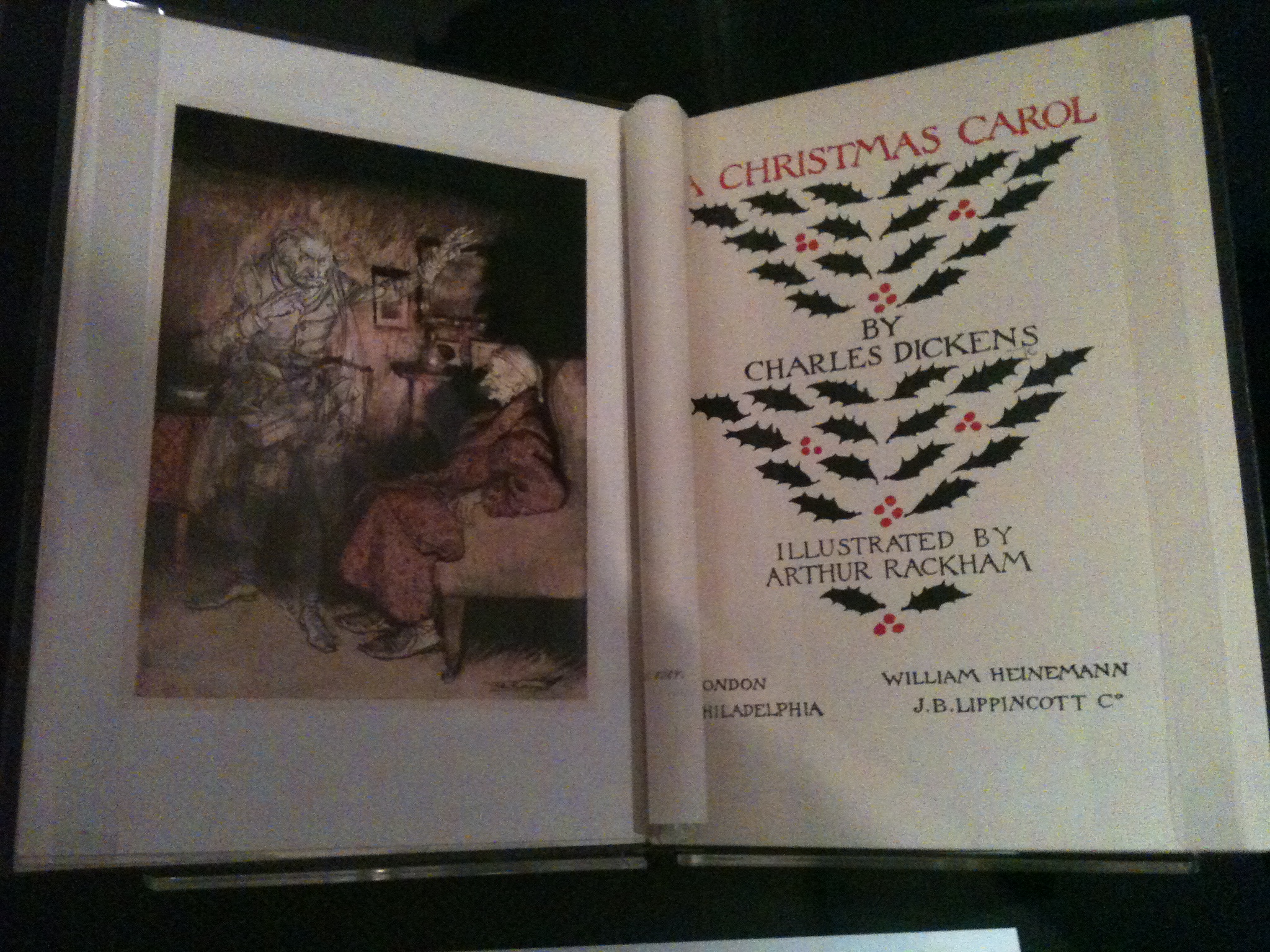
Two hundred years ago, Charles Dickens was only a two-week-old toddler, born in Portsmouth to a family that moved several times before settling in London in 1822. It is here that he experienced the city’s poverty and darkness as well as his own family’s financial hardship, becoming a very sensitive boy often haunted by bad dreams.
As he grew older, Dickens’s imagination thickened – fed by literature and his surroundings – capturing all the macabre thoughts and suggestions and making them an escape rather than a threat.
As part of Dickens 2012 – the international campaign to mark the bicentenary of the writer’s birth – the British Library has put up a free exhibition called A Hankering after Ghosts: Charles Dickens & the Supernatural. This is a very interesting and detailed exploration into the work of a man who has inspired millions around the world, with a focus on the many different ways he made use of supernatural phenomena. These he explored whilst placing them within the scientific, technological and philosophical contexts – all central topics in the debates of his time.
Through Dickens’s work, the exhibition shows how the Victorian society was deeply fascinated by ghost stories – something that was certainly opposite to rationality, yet the supernatural and the scientific advancement ran on parallel tracks.
During your visit you can read and learn about ‘animal magnetism’ – a concept that Dickens explored endlessly, together with ‘mesmerism’ (an early form of hypnosis) and the ‘power of the human mind’. Dickens believed that every supernatural manifestation must have a rational explanation but as he wrote to Emile De La Rue in 1845, this was ‘hardly less chilling than a ghost story itself’.
Dickens’s imagination and personal experience, combined with his insightful investigations into the human character and its psychology, could but make him one of the greatest writers of all times. An outstanding example of this ‘chilling’ representation in Dickens’s novels is embedded in the character of decaying Miss Havisham in Great Expectations (1860-61), whose creepy nature and delirious mind Dickens portrays in such a haunting, gothic way that conveys the same nightmarish intensity as supernatural phenomena.
Dickens’s scepticism about spirit hauntings and communications from ‘the other side’ did not prevent him from employing them throughout his novels. Indeed, the sinister atmospheres he masterly crafted fitted only too well into his real-life scenarios – often combined with the themes and devices he so loved to play with, such as memory and coincidence.
In fact, through his scepticism Dickens saw the opportunity to make fun of these supernatural issues; in his periodicals Household Words and All The Year Round he mocked the ‘spirit business’ by questioning the ghosts’ motivation to ‘return to make general idiots of themselves by conveying inane messages full of spelling mistakes.’ (‘Well authenticated rappings’ from Household Words, 1858).
The eeriest scenario par excellence is perhaps most famously depicted in A Christmas Carol (1843), a novella for all generations that has remained popular and fascinating after over 150 years. At the exhibition you can sit and listen to an excerpt from the story – read by Ralph Richardson & Paul Scofield – recorded in 1960. Other audio files include an extract from The Signalman, Radio Drama broadcast by LBC in 1994, and a speech by Sir Arthur Conan Doyle, (author of Sherlock Holmes’ detective stories) who believed Dickens’s spirit visited him to give him precious information about the writer’s unfinished novel, The Mystery of Edwin Drood. This proves that even after his death in 1870, Dickens’s involvement in spiritual issues was all but over. In fact, his passion and interest in the spiritual beliefs which permeated Victorian culture, form a big part of his work whose creative genius we are still commemorating today.
Francesca Cacciarru
The British Library will host this free exhibition until March 4th. For more information click here.

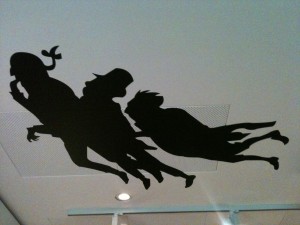
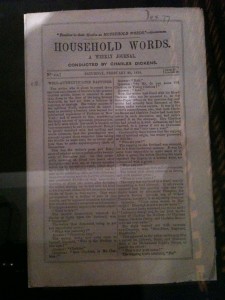
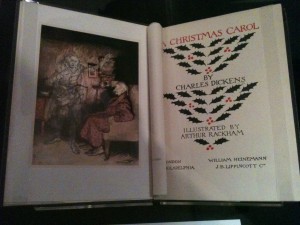

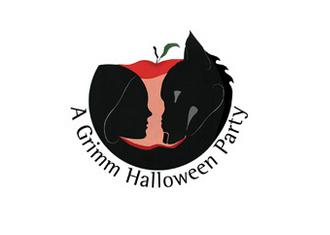

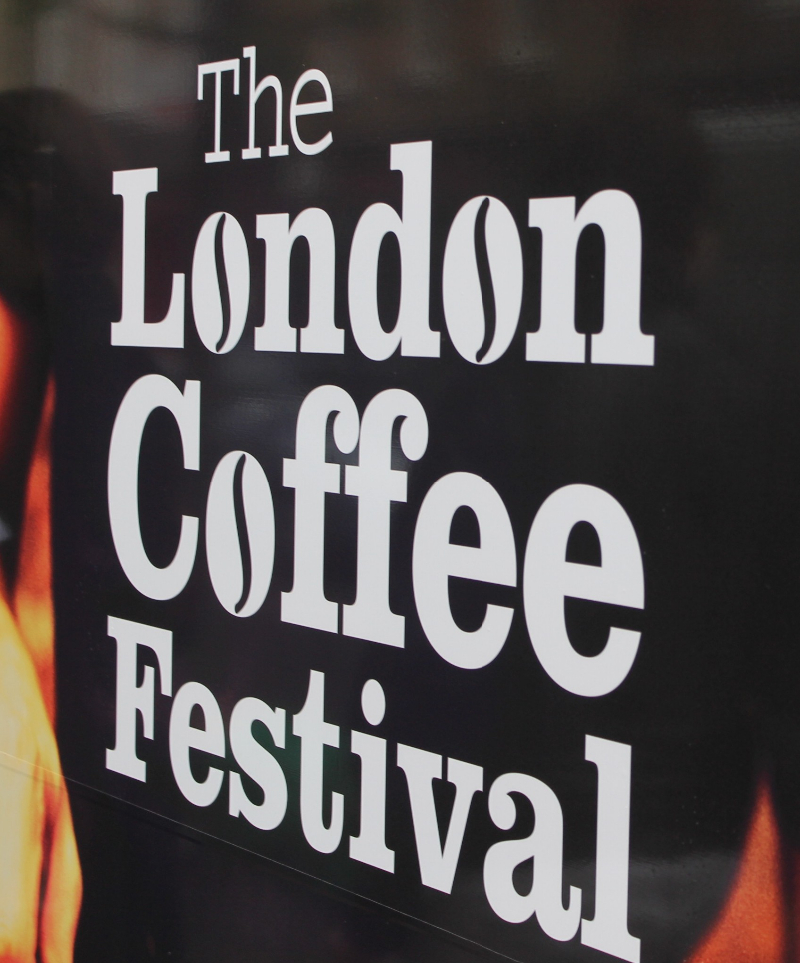












Facebook
Twitter
Instagram
YouTube
RSS